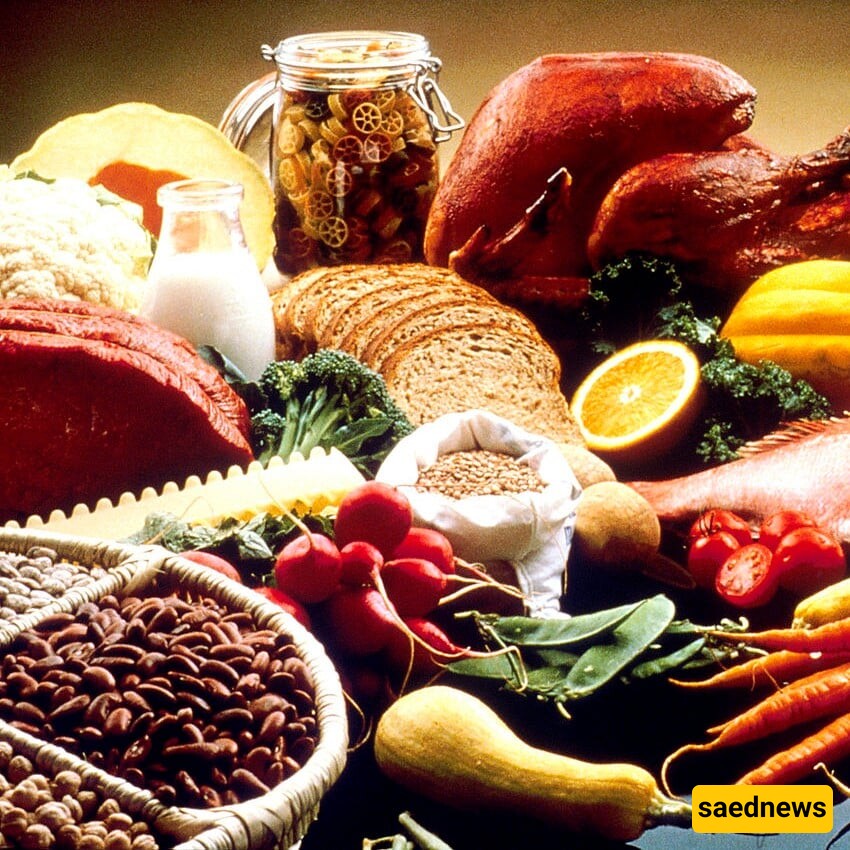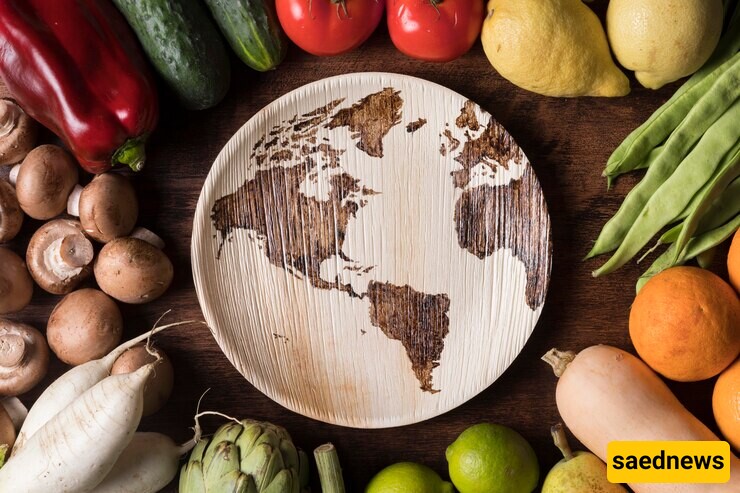SAEDNEWS: Globalization has revolutionized food, blending diverse cuisines and making international flavors accessible. While it celebrates culinary diversity, it also poses challenges to traditional food cultures and sustainability.

According to SAEDNEWS, globalization has woven food into the fabric of global connectivity, allowing people to experience flavors from every corner of the globe. Today, traditional dishes sit alongside fusion creations, and international supermarkets carry ingredients from thousands of miles away. While these changes enhance culinary diversity, they also spark concerns about the erosion of food traditions and the environmental costs of global supply chains.

Fusion and Accessibility
One of globalization’s greatest impacts on food is its ability to break down culinary barriers. Tacos, sushi, pizza, and biryani have transcended borders, evolving as they adapt to new cultural preferences. Fusion dishes, like Korean-Mexican tacos or Japanese-inspired burgers, highlight this creative blending of traditions, showcasing how food brings people together.
Exotic Ingredients at Your Fingertips
Where once exotic ingredients were limited to specific regions, global trade has made them widely available. Foods like quinoa from South America, Indian spices, and French cheeses are now staples in kitchens worldwide. This accessibility empowers people to experiment, bringing international recipes into their daily lives.

Global Chains and Uniformity
The rise of global fast-food giants has reshaped eating habits worldwide. Chains like McDonald’s and Domino’s offer familiar flavors no matter where you are, creating a sense of uniformity that often overshadows local dining establishments. Their mass appeal lies in convenience and affordability, but they can also diminish the value placed on traditional culinary practices.
Convenience Over Culture
With fast food dominating urban areas, the emphasis on quick meals has shifted dietary habits. Traditional cooking, often requiring time and family involvement, is being replaced by ready-made options, threatening the intergenerational transmission of recipes and techniques.
Globalization often places traditional foods at risk, especially in communities where younger generations favor modern or international cuisines. Iconic recipes passed down over centuries risk being forgotten as global food trends dominate. In response, nations are working to preserve their food traditions. Initiatives such as UNESCO’s recognition of cultural cuisines—like the Mediterranean diet or traditional Mexican cuisine—highlight efforts to protect culinary heritage. Local food festivals and regional labeling systems also encourage appreciation for indigenous ingredients and methods.
Globalization has also created opportunities for local farmers and producers. High-quality, region-specific items like Ethiopian coffee, Swiss chocolate, or Japanese wagyu beef now reach global markets, boosting economic prospects and spreading cultural identity.
However, global food systems come with environmental costs. Transporting food across long distances increases carbon emissions, while the demand for out-of-season or exotic items can deplete natural resources. The traditional practice of eating locally and seasonally is being replaced by a culture of year-round availability, putting additional pressure on ecosystems.
Platforms like Instagram and TikTok have turned food into a global obsession. Viral trends like matcha lattes, cloud bread, and street food videos have introduced people to diverse cuisines, inspiring millions to try something new. Food bloggers and influencers have become modern-day culinary ambassadors, shaping how people think about and interact with food.
Technology has also transformed food accessibility. Online platforms offer specialty ingredients from distant countries, while delivery apps bring international cuisine directly to people’s doorsteps. This convenience expands culinary exploration but can contribute to the depersonalization of traditional food practices.
Celebrating Culinary Diversity
The blending of global and local cuisines has created a rich culinary tapestry. Sharing food traditions fosters understanding, celebrates cultural diversity, and reminds us of the unifying power of food.
Advocating for Sustainability
To mitigate the downsides of globalization, sustainable food practices are gaining traction. Supporting local farmers, eating seasonally, reducing food waste, and choosing ethically sourced products are ways to balance the benefits of globalization with environmental consciousness.
Globalization has redefined food cultures, allowing people to enjoy the flavors of the world while blending old traditions with new ideas. However, this interconnectedness comes with challenges—loss of heritage, environmental impact, and a homogenized food landscape. By fostering sustainable practices and celebrating culinary diversity, the global food culture can remain vibrant while respecting its roots.

